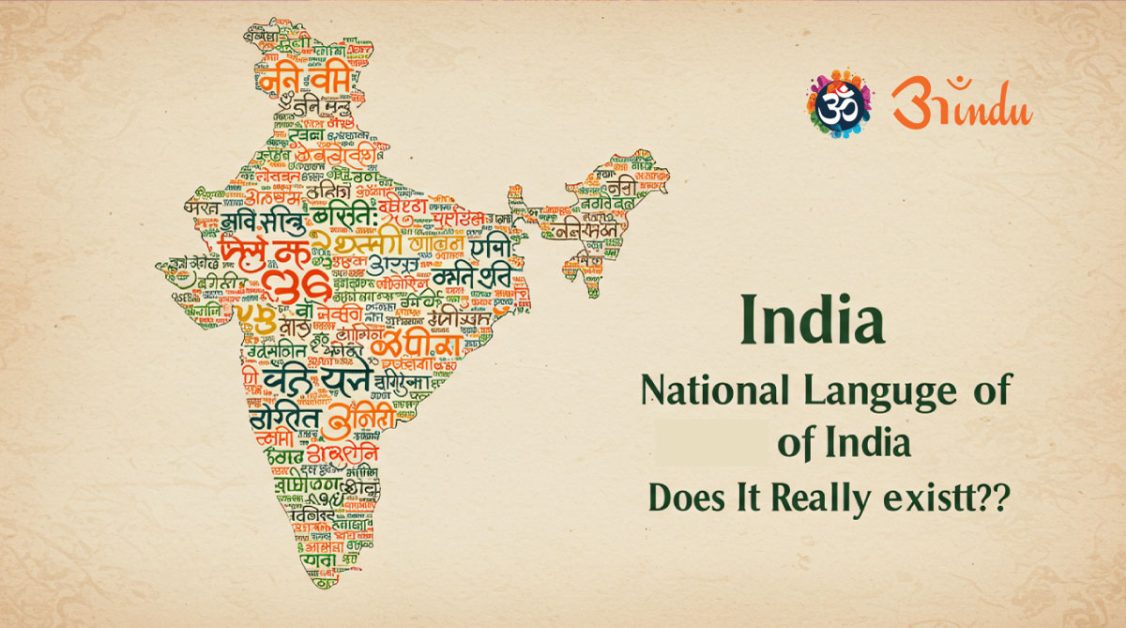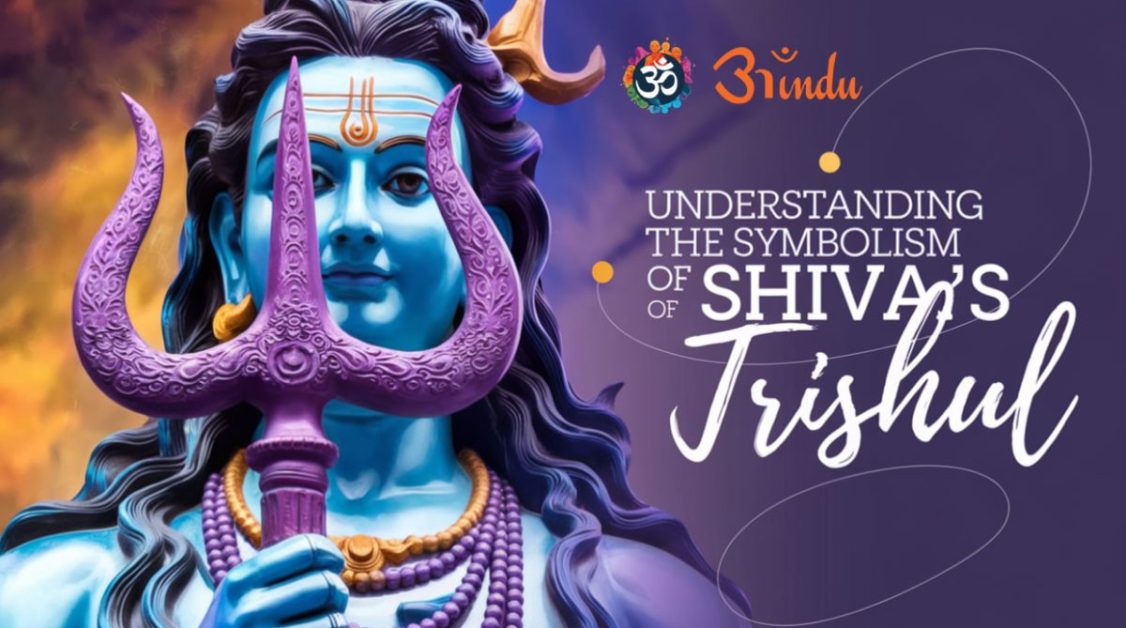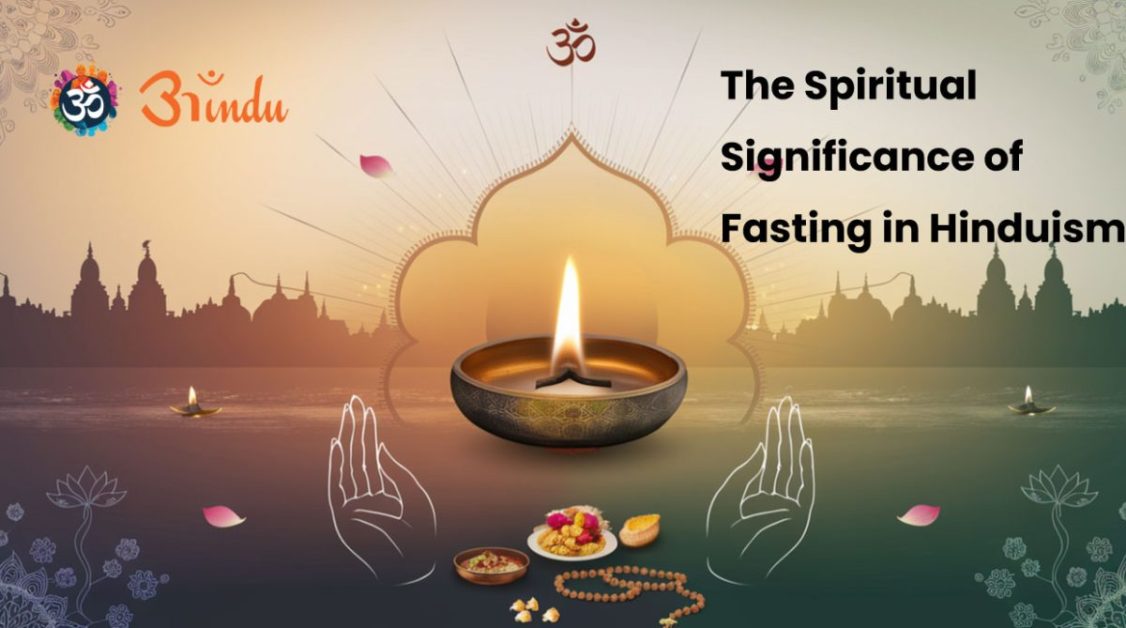
The question of a National Language of India is one that stirs passionate debate and reflection within the Hindu community and across the nation. Is there truly a single language that encapsulates the diverse linguistic tapestry of India? This topic is not merely an academic discussion; it touches upon issues of identity, unity, and cultural heritage, all of which are deeply significant to the Hindu community. In this blog, we will delve into the intricacies of India’s linguistic landscape, exploring the historical, constitutional, and social dimensions of this complex issue.
Explore Blog Content
ToggleThe Constitutional Landscape: What the Law Says
Official Languages vs. National Language
The Indian Constitution does not declare any language as the “National Language of India.” Instead, it recognizes Hindi in Devanagari script as the official language of the Union, alongside English. This distinction is crucial. The official language serves administrative purposes, whereas a national language would symbolize national unity. This lack of a formal national language reflects India’s vast linguistic diversity, where hundreds of languages and dialects are spoken. This recognition underscores the pragmatic approach taken by the framers of the constitution to handle the complexities of a multilingual nation.
The Eighth Schedule: A Mosaic of Languages
The Eighth Schedule of the Indian Constitution lists 22 scheduled languages, including Hindi, Sanskrit, Tamil, Bengali, and many others. This schedule underscores the equal importance given to these languages, acknowledging the rich linguistic heritage of the nation. For many within the Hindu community, Sanskrit holds a place of reverence as the ancient language of scriptures and traditions. Its inclusion, alongside modern languages, highlights the continuity of India’s cultural lineage and the respect for its ancient heritage.
"Sanskrit is such a language that, if you learn it, you will find that all other languages are just its children."Swami Vivekananda
Historical and Cultural Context: The Evolution of Language
Sanskrit: The Ancient Tongue
Sanskrit, the language of the Vedas, Upanishads, and other sacred texts, has profoundly influenced many Indian languages. It is considered the mother of many Indo-Aryan languages, including Hindi. For the Hindu community, Sanskrit is not merely a language; it is a repository of spiritual and philosophical wisdom, connecting them to their ancient roots and providing a link to the rich cultural and intellectual heritage of India.
Hindi: From Dialect to Official Language
Hindi, derived from the Khari Boli dialect, gained prominence during the freedom struggle as a symbol of national unity. However, its widespread adoption faced resistance from non-Hindi speaking states. The debate surrounding Hindi’s status reflects the delicate balance between promoting a unifying language and respecting regional linguistic identities. This historical context provides insight into the ongoing discussions about language policy in India.
Regional Languages: A Tapestry of Diversity
India’s regional languages, such as Tamil, Telugu, Bengali, and Marathi, have rich literary and cultural traditions. They are integral to the identity of their respective regions and communities. The preservation and promotion of these languages are essential for maintaining India’s cultural diversity. Many Hindu communities take great pride in their regional languages, which are often used in local religious ceremonies and cultural events, preserving local customs and traditions.
The Social and Political Dimensions: Language and Identity
Language and Regional Identity
Language is a powerful marker of identity. In India, regional languages play a significant role in shaping cultural and social identities. The debate over a national language often becomes a battleground for asserting regional pride and autonomy, highlighting the complex relationship between language and political expression.
The Three-Language Formula: A Compromise
The Three-Language Formula, which advocates teaching Hindi, English, and a regional language in schools, was introduced to address the linguistic diversity of India. However, its implementation has faced challenges, and the debate over language policy continues. This formula reflects the ongoing efforts to balance national integration with the preservation of regional languages.
The Role of English: A Lingua Franca
English, due to its historical legacy and global prominence, serves as a lingua franca in India, particularly in business, education, and administration. Its role highlights the complex interplay between national identity and global integration, reflecting the practical needs of a modern nation.
"Unity in diversity is India’s strength. There is simplicity in every Indian. There is unity in every corner of India. This is our strength."Narendra Modi
Language and the Hindu Community: A Deep Connection
Sanskrit’s Enduring Influence
Sanskrit’s influence on Hindu scriptures, rituals, and philosophical texts is undeniable. It remains central to the religious and cultural practices of the Hindu community. The chanting of Sanskrit mantras, the study of ancient texts, and the performance of traditional ceremonies all underscore the language’s enduring significance and its role in preserving cultural heritage.
Regional Languages in Hindu Traditions
Regional languages are also integral to Hindu traditions, with local deities, festivals, and cultural practices often expressed through these languages. Many devotional songs and stories are passed down through generations in regional languages, preserving local customs and beliefs and reinforcing community bonds.
The Importance of Linguistic Diversity
The Hindu community, like India itself, is diverse. Recognizing and respecting this linguistic diversity is essential for fostering unity and harmony. Promoting multilingualism and celebrating the richness of India’s linguistic heritage can strengthen the fabric of the nation, ensuring that all voices are heard and valued.
Summary
The question of the National Language of India is a complex one, reflecting the nation’s rich linguistic diversity and historical evolution. While the Constitution recognizes Hindi and English as official languages, it does not declare any language as the national language. Sanskrit, with its profound influence on Hindu traditions, holds a special place in the hearts of many. Regional languages, integral to local cultures, further enrich India’s linguistic tapestry. The debate over language policy underscores the delicate balance between promoting national unity and respecting regional identities. Recognizing and celebrating this diversity is crucial for fostering harmony and strengthening the nation.
FAQs:
- Does India have a national language?
- No, India does not have a formally declared national language. The Constitution recognizes Hindi and English as official languages of the Union. The lack of a national language reflects India’s linguistic diversity.
- What is the difference between an official language and a national language?
- An official language is used for administrative purposes by the government, while a national language symbolizes national unity and cultural identity.
- How many languages are listed in the Eighth Schedule of the Indian Constitution?
- The Eighth Schedule lists 22 scheduled languages, acknowledging the diverse linguistic heritage of India.
- Why is Sanskrit important to the Hindu community?
- Sanskrit is the language of ancient Hindu scriptures and traditions, serving as a repository of spiritual and philosophical wisdom, connecting the community to its ancient roots.
- What is the Three-Language Formula?
- The Three-Language Formula advocates teaching Hindi, English, and a regional language in schools to address India’s linguistic diversity.
- How does language impact regional identity in India?
- Language is a powerful marker of identity, shaping cultural and social identities in different regions of India.
- What is the role of English in India?
- English serves as a lingua franca in India, particularly in business, education, and administration, facilitating communication across diverse linguistic groups.
- How can India balance national unity with linguistic diversity?
- By promoting multilingualism, respecting regional languages, and fostering a sense of inclusive national identity that celebrates diversity.







